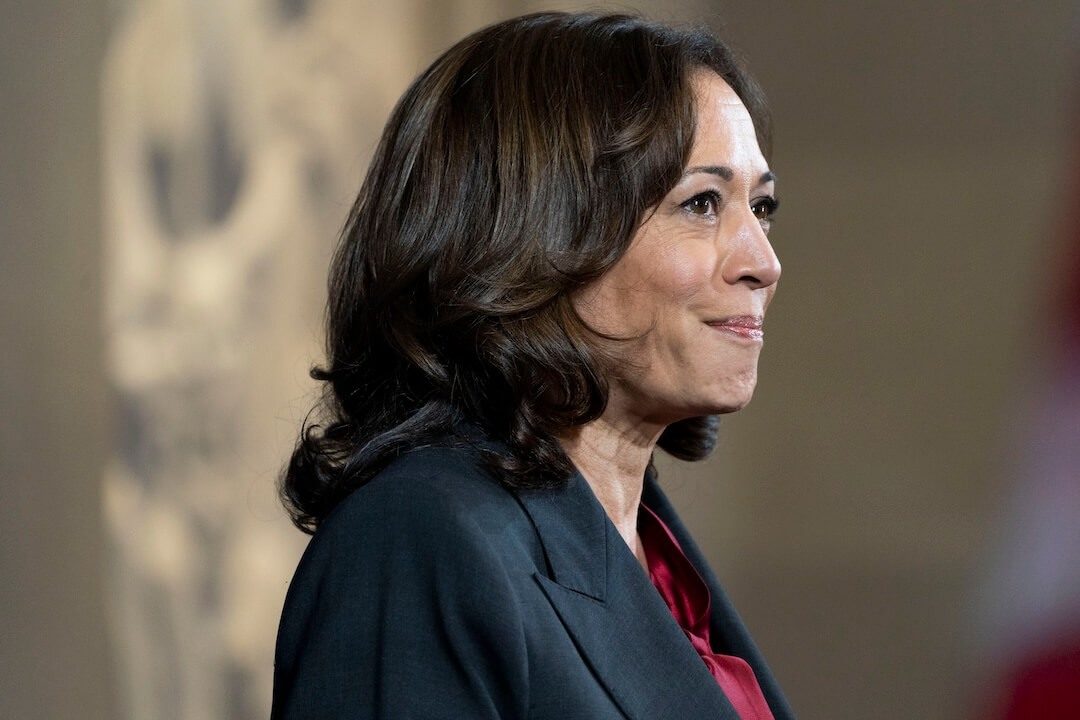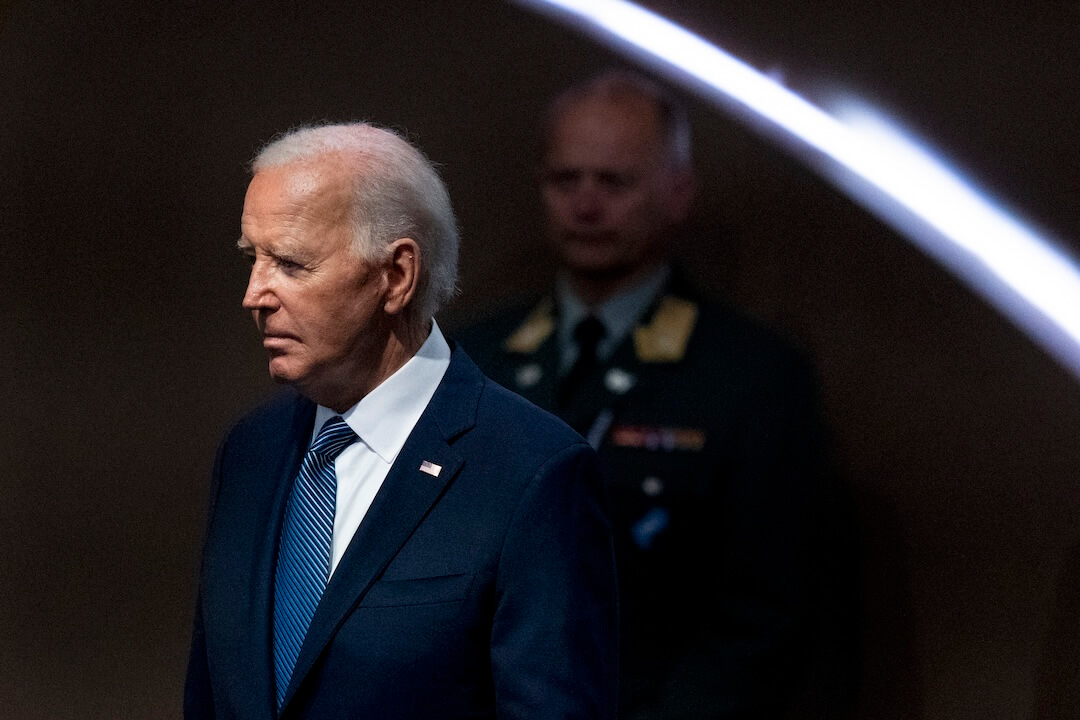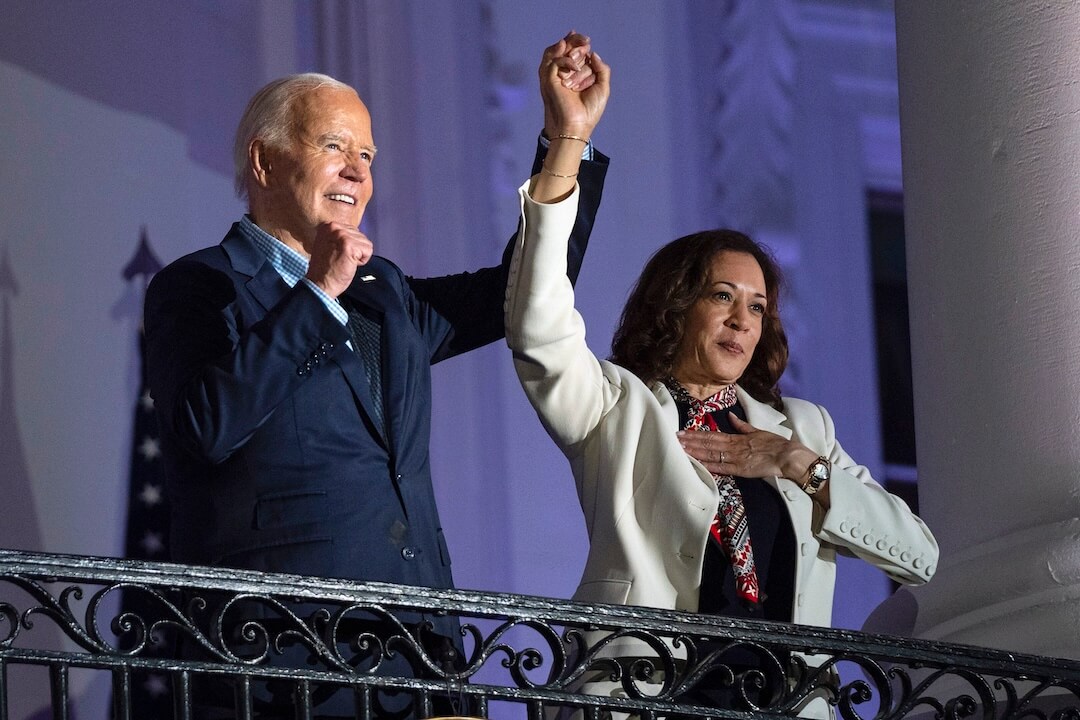Factually is a newsletter about fact-checking and accountability journalism, from Poynter’s International Fact-Checking Network & the American Press Institute’s Accountability Project. Sign up here.
Helping people fact-check on their own
Fact-checkers and other journalists who work to debunk misinformation spend most of their time arming people with the facts. In recent weeks, we’ve also seen them arm people with strategies to root out the falsehoods on their own.
The “infodemic” surrounding COVID-19 had already pushed fact-checkers to capacity. The killing of George Floyd while in police custody in Minneapolis May 25 brought about a whole new flood of hoaxes, conspiracy theories and images and videos taken out of context. As usual, BuzzFeed’s Jane Lytvynenko has been collecting the falsehoods on Twitter and her list this week gives a sense of the scale of the problem.
To stem the spread of falsehoods, some journalists and fact-checkers are sharing basic fact-checking and verification strategies with their audiences.
USA Today’s Jessica Guynn published one such story this week, showing people how to detect certain falsehoods about the protests over Floyd’s killing, and giving suggestions on how to avoid spreading them.
Rolling Stone, too, walked its readers through some misinformation fundamentals, including cautions about fake captions, donation solicitors and posts about missing people, among others.
At the MIT Technology Review, Abby Ohlheiser did her own take on how people can hit “pause” before hitting “share.” HuffPost is having a virtual event Monday to talk with readers about how to “think before you link.”
We’ve seen other examples of this kind of service journalism recently around COVID-19.
CNBC’s Chrstina Farr recently spoke with a range of experts about how to respond when friends and family spread coronavirus myths.
Also last month, (Poynter-owned) PolitiFact’s Daniel Funke outlined six ways people can fact-check coronavirus misinformation on their social media timelines. He cited research showing that when people correct misinformation on their social media feeds, misperceptions decrease.
One piece of advice frequently cited in these pieces is to be careful with content that triggers an emotional response. Hoaxers and nefarious online actors love to play on emotion.
As USA Today’s Guynn put it: “Watch out for posts that make your blood boil.”
These days, of course, the real stuff is enough to make your blood boil – making it even more critical to differentiate the truth from the fakes.
– Susan Benkelman, API

. . . technology
- Twitter’s decision to flag some of President Donald Trump’s tweets as misleading or as glorifying violence prompted him to issue an executive order that takes aim at the platforms’ legal liability protections, which are contained in Section 230 of the 1996 Communications Decency Act.
- Many experts think the executive order, which directs federal agencies to investigate and possibly penalize social media companies for how they handle posts on their platforms, has little legal force. However, a tech group filed suit in response to the order, claiming it violates free speech.
- On Tuesday, Twitter released more details about its content moderation policy in an attempt to shed light on some of the platform’s recent decision making.
- The platforms this week removed a number of accounts pushing rhetoric that pretended to be from adherents of “antifa,” which is short for anti-fascist and is often used to refer to leftist militants who confront neo-Nazis at demonstrations.
- Twitter took down an account that claimed to belong to a national antifa group but was actually linked to a white nationalist group known as Identity Evropa, NBC reported.
- One particularly viral falsehood asserted that antifa would be transporting people to small cities for protests, The Associated Press reported.
- Facebook also took down accounts that falsely claimed they were associated with antifa but were actually white nationalists.
. . . politics
- The Washington Post’s Fact Checker, which has analyzed, categorized and tracked every one of President Trump’s suspect statements, reported this week that he had made 19,127 false or misleading claims as of May 29.
- The Fact Checker’s leader, Glenn Kessler, said in a piece for USA Today that the project started as an effort to write deeply about policy issues so as to avoid chasing down every “bizarre tweet” by the president. “But once Trump effectively became his own press secretary in mid-2018, our weekends and evenings were soon lost to the depressing task of wading through the president’s forest of falsehoods.”
. . . science and health
- People who feel disinformed (intentionally misled) about COVID-19 are less likely to comply with disease precautions than those who feel misinformed (unintentionally misled) according to a study by researchers at the University of Amsterdam.
- Overall, study participants perceived there was more misinformation than active disinformation about COVID-19.
- Those who perceived there was more disinformation were less likely to seek out reputable sources of information.
- In the not-all-misinformation-is-digital department, the Cleveland health department has asked residents to ignore fake coronavirus “warnings” on flyers that have been posted around the city. The flyer has a radiation symbol on it and warns “COVID-19… DO NOT ENTER.”
This fact-check from Lead Stories is a prime example of how previously published content can be repackaged to create new disinformation. The claim states that the hacktivist group Anonymous exposed new incriminating court documents accusing President Trump of rape and pedophilia.
Lead Stories fact-checker Alexis Tereszcuk started by laying out previous coverage of the case. She then linked to previously published and publicly available court fillings that match the supposedly “new” documentation uncovered by Anonymous. She capped her fact-check by noting the real case against the president had been dismissed years ago, and linked to an article explaining the details.
What we liked: This fact-check is a reminder of why individuals need to be vigilant about information they see online, even if it comes from a group like Anonymous whose previous exploits have gained them credibility in the activist community. It also reminds us of how easy it is for information to be taken out of context.
– Harrison Mantas, IFCN

- The schedule for Virtual Global Fact 7 taking place between June 22-30 is now live. Read about this year’s conference here.
- Facebook is criticizing Singapore’s online misinformation law, saying it is “severe” and holds potential for misuse, AFP reported.
- Snapchat will no longer feature President Trump’s account on its “Discover” homepage, Cecilia Kang and Kate Conger reported for the New York Times.
- IFCN Director Baybars Örsek offered this Twitter thread explaining the basics of fact-checking and differentiating the practice from a tech company’s content moderation.
- In Brazil, investigators are charging that disinformation about critics of President Jair Bolsonaro is being generated by those closest to the president, The Washington Post reported.
That’s it for this week! Feel free to send feedback and suggestions to factually@poynter.org. And if this newsletter was forwarded to you, or if you’re reading it on the web, you can subscribe here. Thanks for reading.









**Twitter’s decision to flag some of President Donald Trump’s tweets as misleading or as glorifying violence prompted him to issue an executive order that takes aim at the platforms’ legal liability protections, which are contained in Section 230 of the 1996 Communications Decency Act.**
With “prompted him to” this story apparently departs from merely reporting the facts and instead interprets the facts to contribute to a narrative.
Unless there’s some means the journalist used to factually confirm that Twitter’s action “prompted” Trump’s executive order? Right. I didn’t think so, either.
When a “factually” newsletter can’t keep to the objective reporting paradigm, doesn’t that spell trouble across the board?
It’s not that hard. Factually report what Twitter did. Then factually report what Trump did. That’s the form of objective journalism. Does that form still allow you to imply cause and effect? Sure. So adopting that form does not guarantee objective reporting. But at least then you’ve got plausible deniability going for you.